How to Get iMessage on Your PC
iMessage, without doubt, is one of the most popular features of iOS. With the latest updates, it becomes even better and more useful. People use iMessage on all their iOS devices, like iPhones and iPads. It also has support for Mac computers, which makes this multi-platform communication tool handy. But what about us, the users who have Windows PCs at their home, and especially at work? How can we get iMessage on our PC?
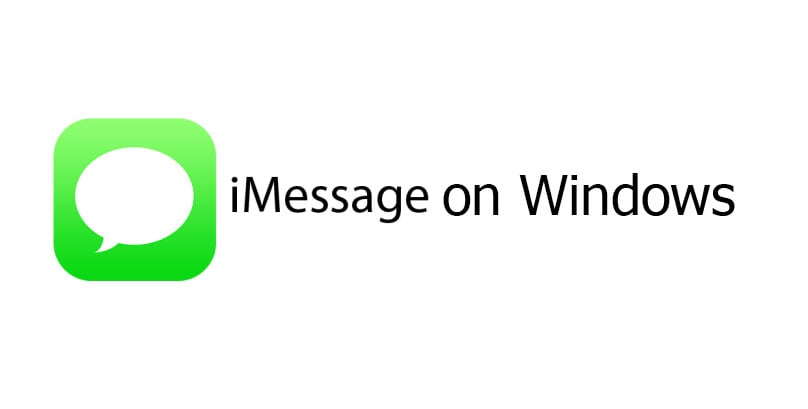
Well, it might not be the easiest task in the world, but do not worry, that’s why we are here. In this article, you can learn how to use iMessage on your Windows PC.
Browser-Based iMessage?
Many messaging apps can be used through their online, browser-based services. So, checking in no matter where you are is easy. However, with the iMessage, the story is a little different. There is not a dedicated online service from Apple’s communication tool. The main idea behind this concept is that Apple wants to keep all of its services exclusive for iDevices and Mac computers. Apple’s approach leaves millions of users unable to access iMessage from Windows PCs.
However, you know that I wouldn’t even start writing on the topic if I didn’t have great news for you. So, let’s get to the point.
There are a couple of ways how to get iMessage on your PC, that I found useful for me. And, I am sure that you can also benefit from them. Additionally, these methods also work on Linux and UNIX. That means no matter what kind of operating software you use, these tricks will allow you to send and receive iMessages.
In the rest of the article, I will explain to you the easy steps you need to follow to stay in contact with the people that matter you the most, across your iPad, iPhone, iPod touch, Mac, and even your Windows PC. Let’s do it.
How iMessage Works?
Apple released iMessage back in 2012. It was a stock app in the Mountain Lion (Mac OS 10.0). From that time onwards, this Apple’s Messages app allows you to pick up conversations on your Mac where you left off on your iPad, iPhone, and iPad touch. The best thing about iMessage is that it is completely free, and it works with anyone who has an activated iMessage account on its iDevices and Macs.
How to Get iMessage on Your Mac?
If you haven’t activated iMessage on your Mac computer, here is what you need to do.
- First, make sure that you have the app installed on your computer.
- Look for “Messages” in Spotlight Search. You can also do that via your Applications folder. (“Messages” is the desktop version of iMessage)
- In case you don’t have iMessage on your Mac, check if you are running OS Mountain Lion (Mac OS 10.8) or higher.
- If your Mac OS is older than the mentioned version, download the latest OS X that your computer allows.
- After you updated your Mac OS, check again, you have Messages installed. If you don’t, visit the Mac App Store and download the app from there.
- Once you have Messages on your computer, open the app and sign in with your Apple ID and password. Keep in mind that this app works only with your Apple account, so if you don’t have one, you should create, before using Messages. If you want to create your Apple account now, you can click on the following link Apple ID.
After signing in to Messages, the app automatically syncs and downloads any previous conversations used with your Apple ID. So, you can pick up right when you left off. The good thing about iMessage is that it will also sync your new conversations across all iDevices and Macs associated with that same Apple ID.
Once you set Messages on your Mac, you can use it for sending text messages, pictures, videos, voice messages, for free through the internet.
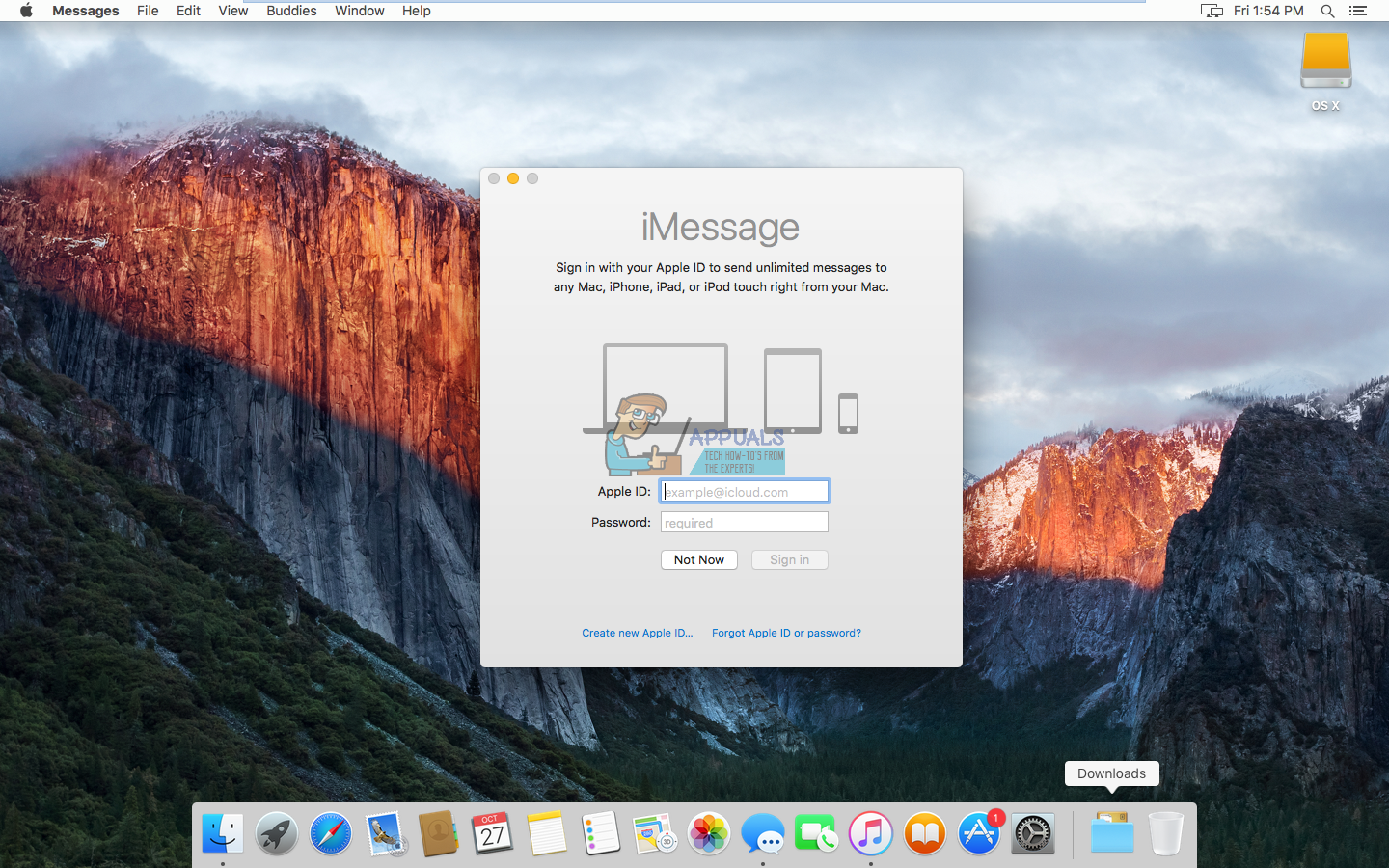
What if You Have Multiple Apple IDs?
You CAN NOT use your iDevices and Macs to log into multiple Apple accounts at once. However, you can use different Apple IDs in Messages and iMessage but not at the same time. So, you must switch between your Apple IDs and passwords manually each time you want to login with different Apple IDs.
How to Get iMessage on Your PC?
One way to get iMessage on your PC is to utilize Chrome’s useful Remote Desktop feature. Here you can download it Chrome Remote Desktop.
To make things work, you need to set the things up on your Mac first. Chrome Remote Desktop will provide you access to iMessages by connecting your Windows computer to your Mac remotely. The main disadvantage is that you can only access iMessages when your Mac is turned on. And, of course, you need your Apple ID.
Using Chrome Remote Desktop will provide you a secure connection without risks of losing personal information. You can use this method to access iMessage securely from every Windows PC in the world with an installed Chrome browser.
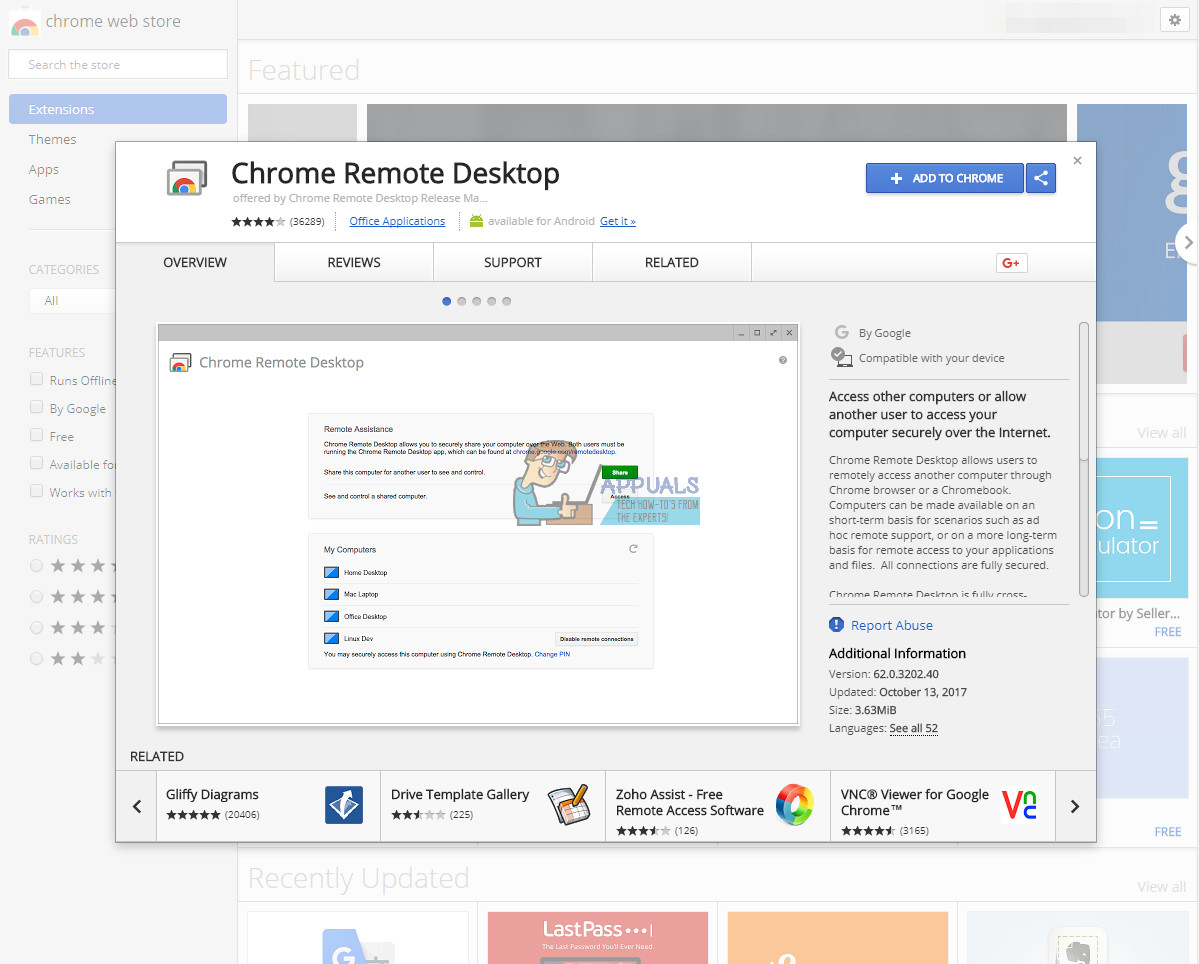
Access iMessage Using Chrome Remote Desktop
Here are the steps for accessing your iMessage using Chrome Remote Desktop.
- Download and install the Chrome Remote Desktop on both, your Windows PC and Mac.
- On the Mac computer go to Remote Desktop extension and write down the access code.
- You will need this code to create the
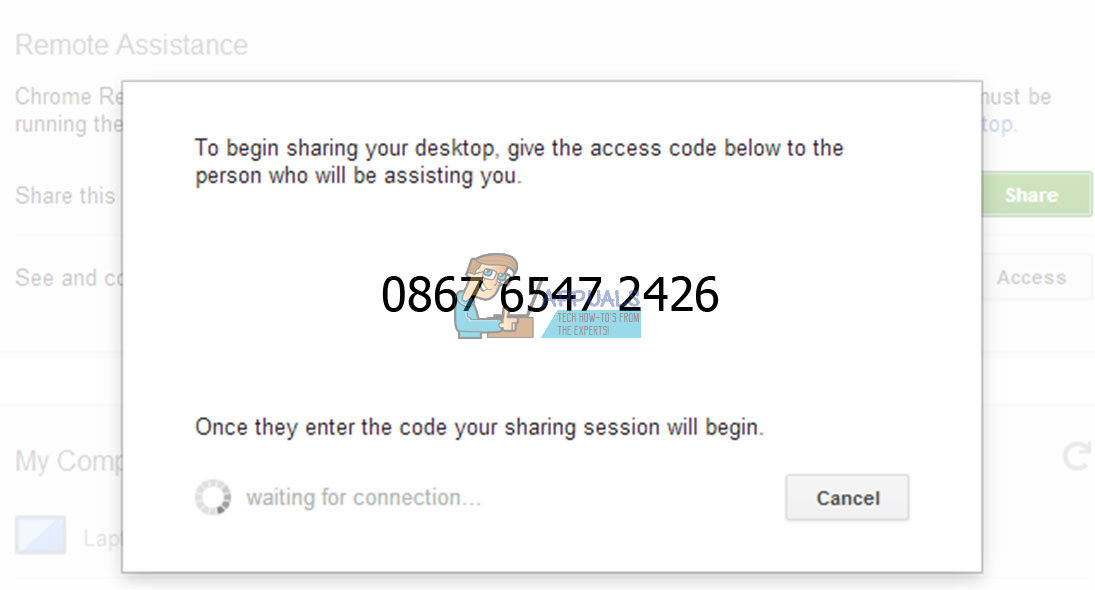
Add Access Code for Sharing Session
- You will need this code to create the
- Open Chrome Remote Desktop on your Windows
- Enter the code that you wrote down from your Mac to provide the access.

Enter the Acess Code for Chrome Remote Desktop - Once you establish the connection, you will see a screen that shows your Mac desktop. If you do not have a Mac desktop, you can opt for running macOS in a virtual machine.
- Use your iMessage through the remote connection, as you usually do on your Mac.
Keep in mind that during this method your Mac must be turned on. Otherwise, this trick will not work.
Use Dell Mobile Connect
Dell Mobile Connect is an application for wireless integration between your smartphones and PCs. Although this application was designed for Dell machines, it works on other brands as well. It has a presence in PC, Android and iOS operating systems. Even though this might not give full functionality as compared to other alternatives, the basic functionalities are known to work just fine.
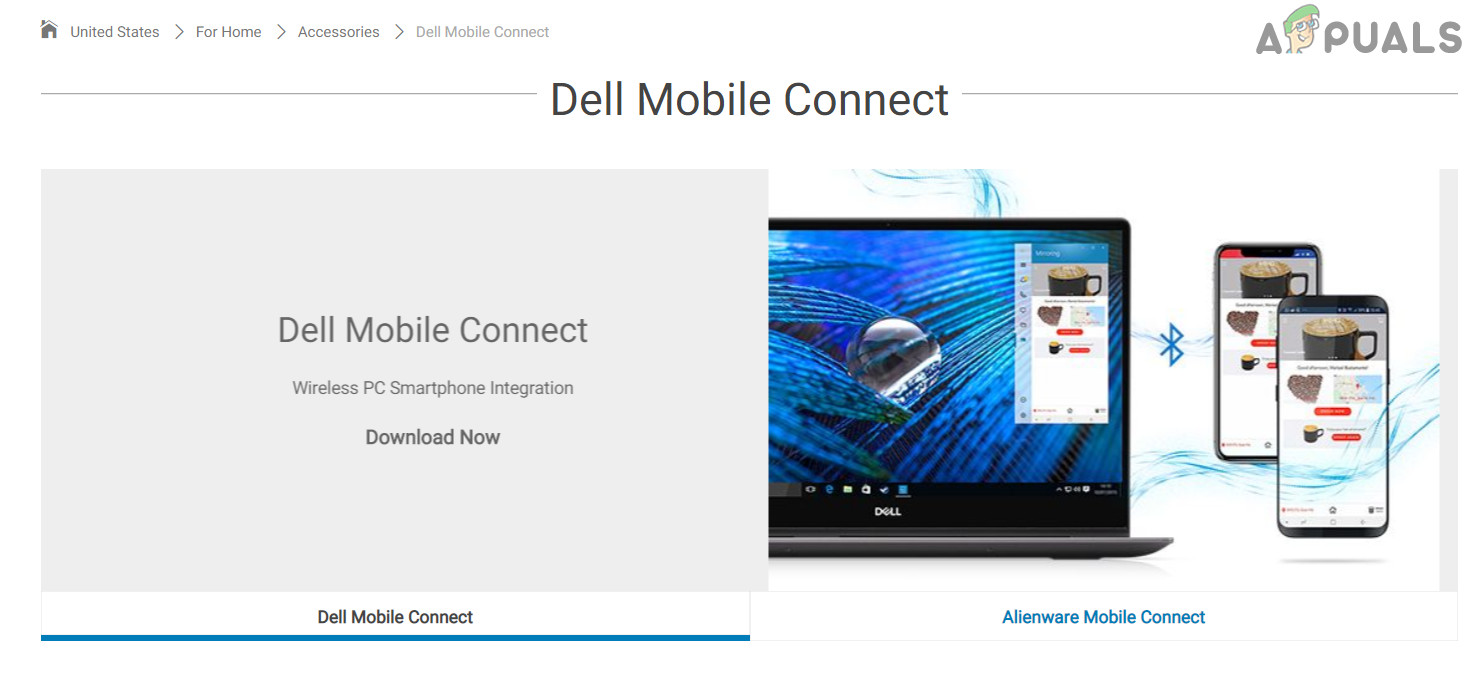
- Download and Install Dell Mobile Client.
- On your iPhone, download and Install Dell Mobile Client.
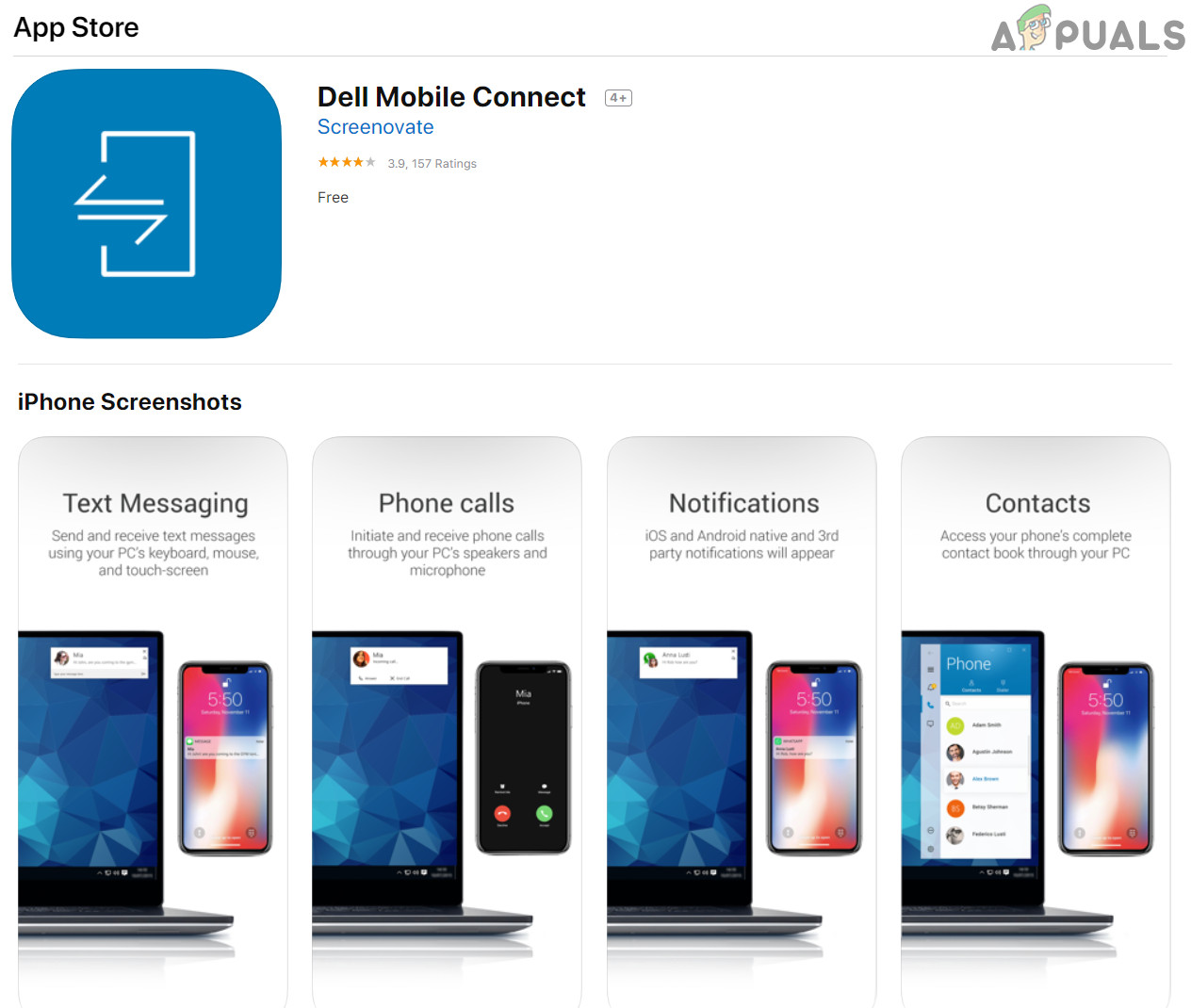
Dell Mobile Client for iPhone - Now pair Dell Mobile Connect PC client and iPhone Mobile client.
- Hurray! now all your calls, messages, contacts and iMessage on your PC. But there is one downside, group messages are not supported.
Access iMessage by Jailbreaking
Another way for accessing iMessage on a browser is to jailbreak your iPhone. If you are not familiar with the “Jailbreaking” term, here is what it means.
What Jailbreaking Means?
Jailbreaking is a process of replacing your actual iOS version with a new edited operating system that provides more flexibility than the stock one. It allows you to change the look and feel of your iDevice. Having a jailbroken device means that you have access to many custom add-ons, tweaks, and apps that are not available in Apple’s official App Store. With the process of jailbreaking, iOS gets many customization features characteristic of Android.
One of these many useful tweaks is the ability to access iMessage from anywhere through the internet. Later, you can even restore your iPhone to factory settings.
Warning
Before taking any further steps, you should know that we DO NOT recommend jailbreaking your iDevices. No matter if we talk about your iPhone, iPad, or iPod touch. Jailbreaking is a process that will automatically void your warranty and additionally purchased AppleCare+. Besides that, during the procedure you are risking to “brick” your iDevice, encountering a higher risk of security breaches and planted malware, as well as a lot of bugs. So, jailbreaking iDevices is for users who feel very comfortable working and troubleshooting their iPads, iPhones, and iPods.
Still, Want to Jailbreak Your iDevice?
If you feel brave and comfortable enough, to jailbreak your iDevice while knowing all its downsides, this section is just for you.
Aside from the risks, jailbreaking your iDevice also brings a lot of pluses. It allows you access to Cydia, an alternative App Store for “jailbroken” iDevices. Cydia is not an ordinary app that you can find on Apple’s App Store. You can get it on your iPhone only using a “jailbreaking” tool such as TaiG, Pangu, etc.
Jailbreaking allows you to customize your iDevice to your needs and likings. It even provides you apps that Apple currently prohibits. That includes tweaks like lock screen customizations, changing the default apps, control center customizations, additional 3D Touch and Touch ID features, creating shortcuts, UI adjustments, and much more. But, most importantly, jailbreaking gives you access to iMessage across all types of devices, including the Windows PCs.
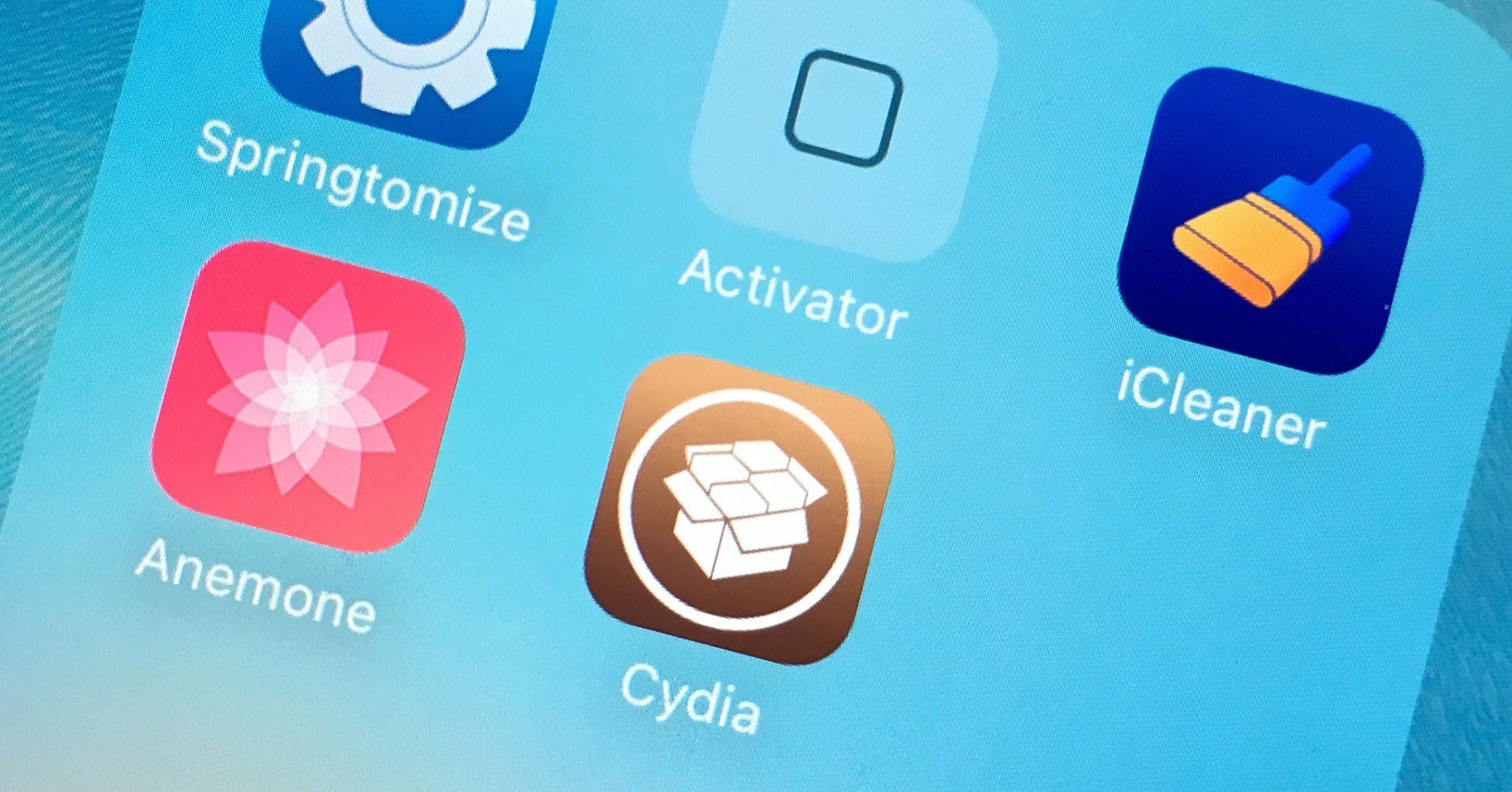
How to Jailbreak Your iDevice?
Before starting any jailbreaking procedure, make sure you perform a full backup of your iDevice. For the highest level of security, you can do that in 2 locations (on the cloud and locally).
Once you are done with the backups, the best thing to do is to restore your iDevice using iTunes. Having a clean iPhone or iPad gives better results during the jailbreak process.
Your next step is downloading a jailbreak software on your PC or Mac. Run the software and follow the instructions to move through the procedure. Once you install the jailbroken OS on your iDevice, look for an app called Cydia. If you can’t find it, download it from the internet. Cydia is your jailbroken app store that can do many tricks and tweaks.
Now, you need to purchase the app called Remote Messages. This app allows you to access iMessage from all types of devices and computers including PCs. You just need to enter the authentication credentials and use your iPhone’s IP address on any browser followed by 333. Then, you are required to log in for getting full access to iMessages.
Access iMessage on Android Devices
We still hope that one day Apple will release an iMessage app for Android users, but it will probably not happen soon. However, if you want to access iMessage on your Android device, you have some options available. There are a couple of Android apps like iMessage Android and others that allow using iMessages on Android. With these apps, you can send messages directly to iPhones, iPads, iPods, and Macs from your Android device. That is a completely cross-device chat experience.
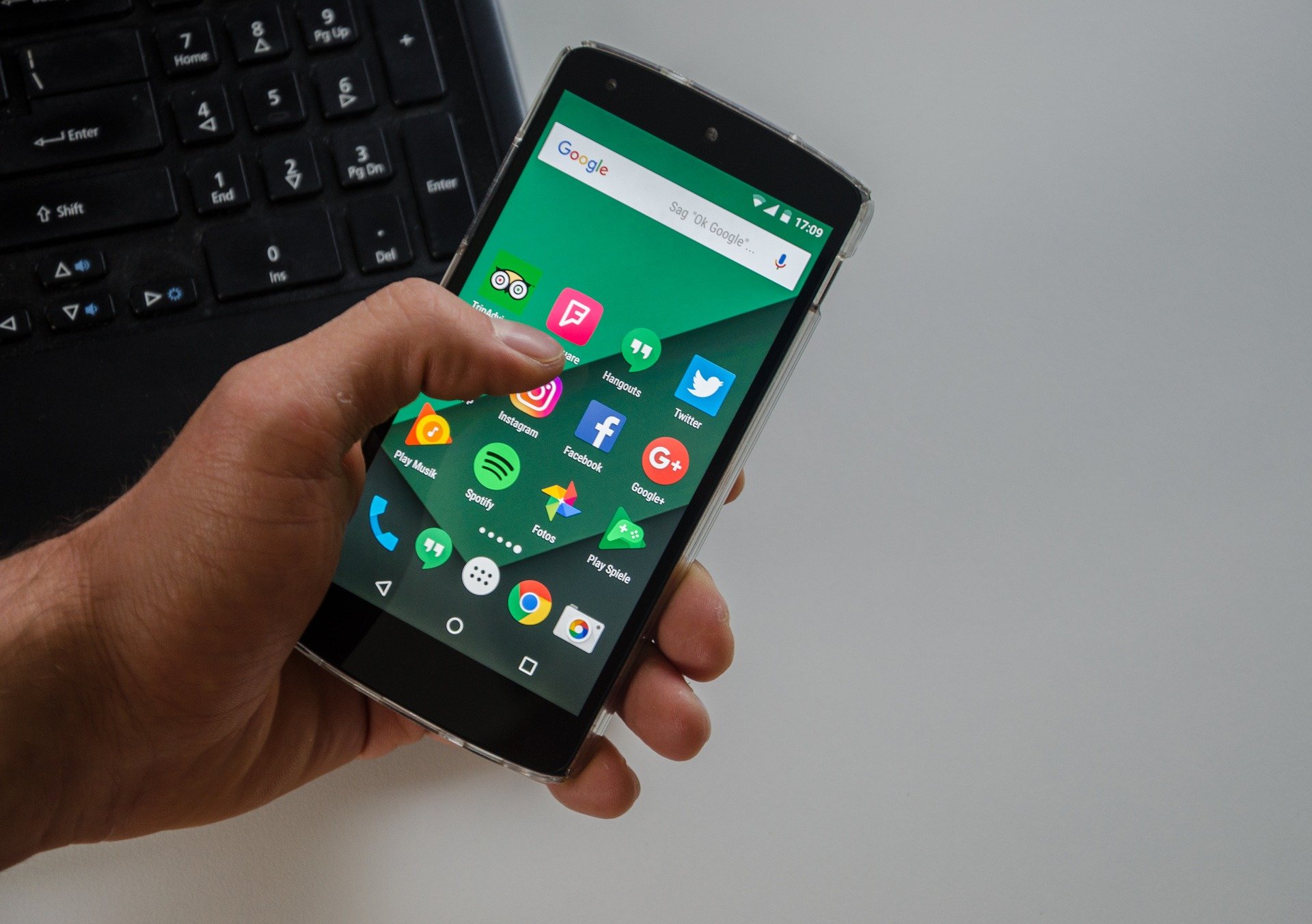
Final Words
Having a seamless iMessage chatting experience across all platforms is the thing that we all want to happen one day. We hope that Apple will hear their users’ feedback, and will make some changes toward creating the ideal messaging service. However, until that day we have to use workarounds like the ones explained in this article.
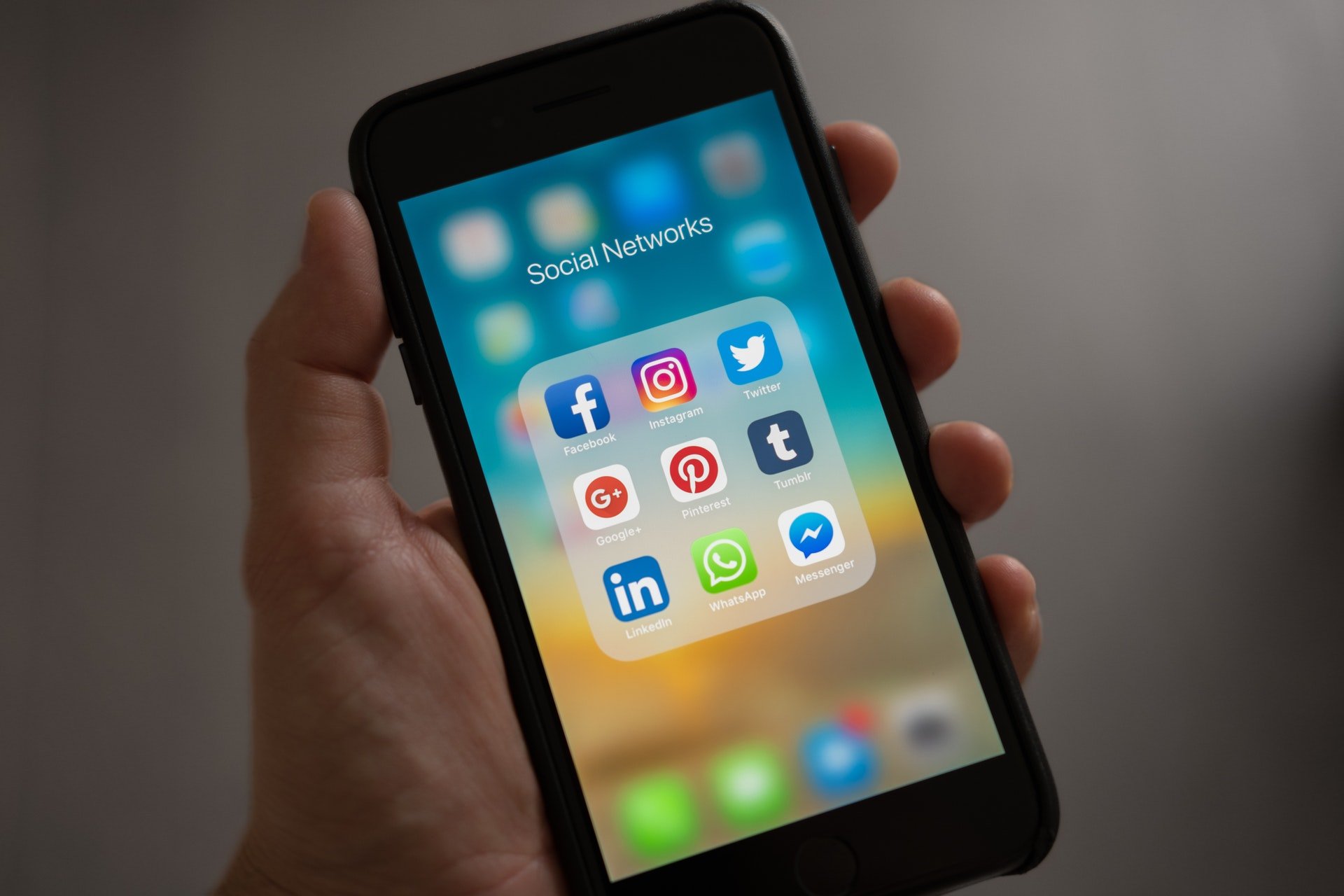
Besides that, there are millions of non-Apple messaging services that provide cross–platform support including iOS, Android, OS X, Windows, Linux, and Chrome OS. Viber, Skype, Whatsapp, Facebook Messenger, Telegram, Kik are some of the most popular iMessage alternatives. And, I am pretty sure that you are already using some of them.
Try these methods for using iMessages on your PC and let us know if you are familiar with any other trick for achieving multi-platform iMessage access. Other than that, feel free to share whether iMessage is your favorite chat app, or maybe you use some other more convenient alternative.